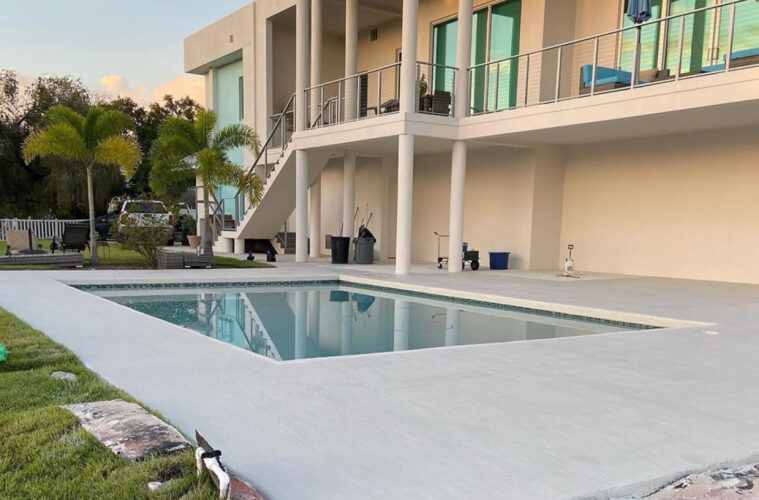Many homeowners who plan to install the concrete swimming pool wonder what causes it to develop cracks over time?
A plethora of factors causes concrete pool cracks, and here, in this article, we’ll be enlisting the most prevalent ones. So, scroll down and have a look:-
1. Ground Water Trouble
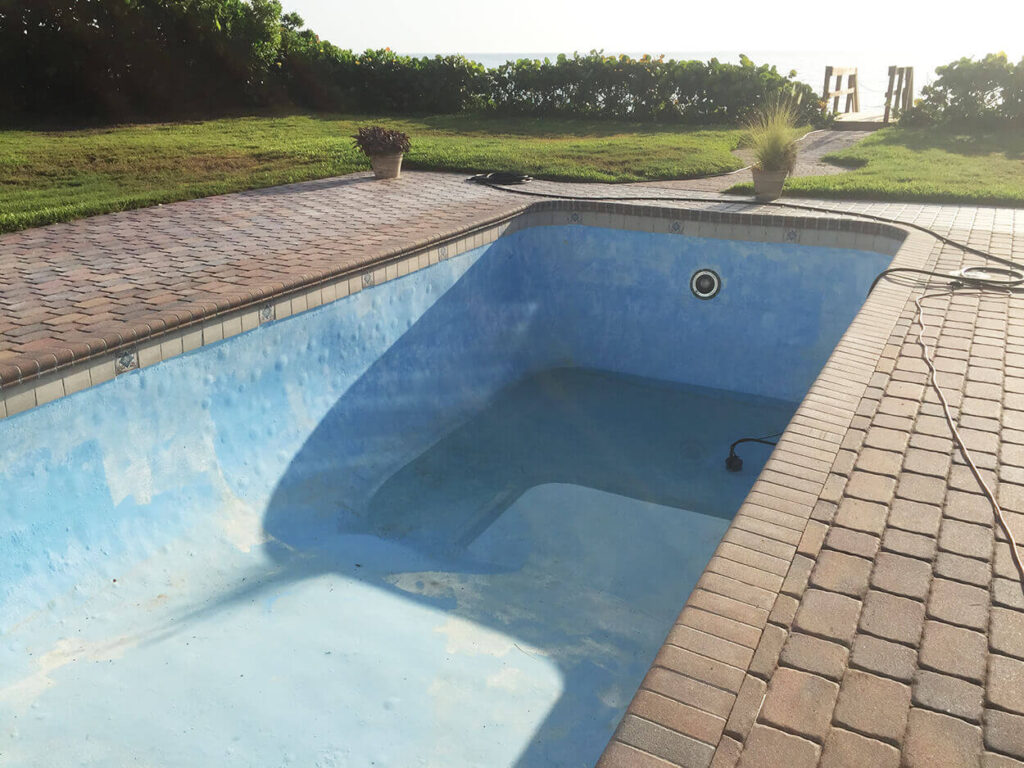
source: aquaguard5000.com
You probably come across stories online or heard from people around how the concrete pool popped out because of the hydrostatic water pressure.
Although it is quite rare, it only happens in case of flood, or when the pool is empty for months, it still can be prevented by tweaking the pool construction at the time of installation.
It includes adding the hydrostatic relief plugs, which must be plastered at several spots throughout the pool flooring.
Bonus Tip: Chlorine in the pool keeps the water clean and hygienic for everyone to dive-in, but concentrated amounts of chlorine and in long exposure can cause damage to the concrete pool flooring in the same as household bleach.
To avoid this, you must invest in a pool roof cover or retractable pool cover to prevent the pool water from getting dirty and becoming a breeding house for bacteria. Thus, lesser use of chemicals and increased longevity of the pool flooring. The cost varies based on the material and shape type.
2. Poor Forming
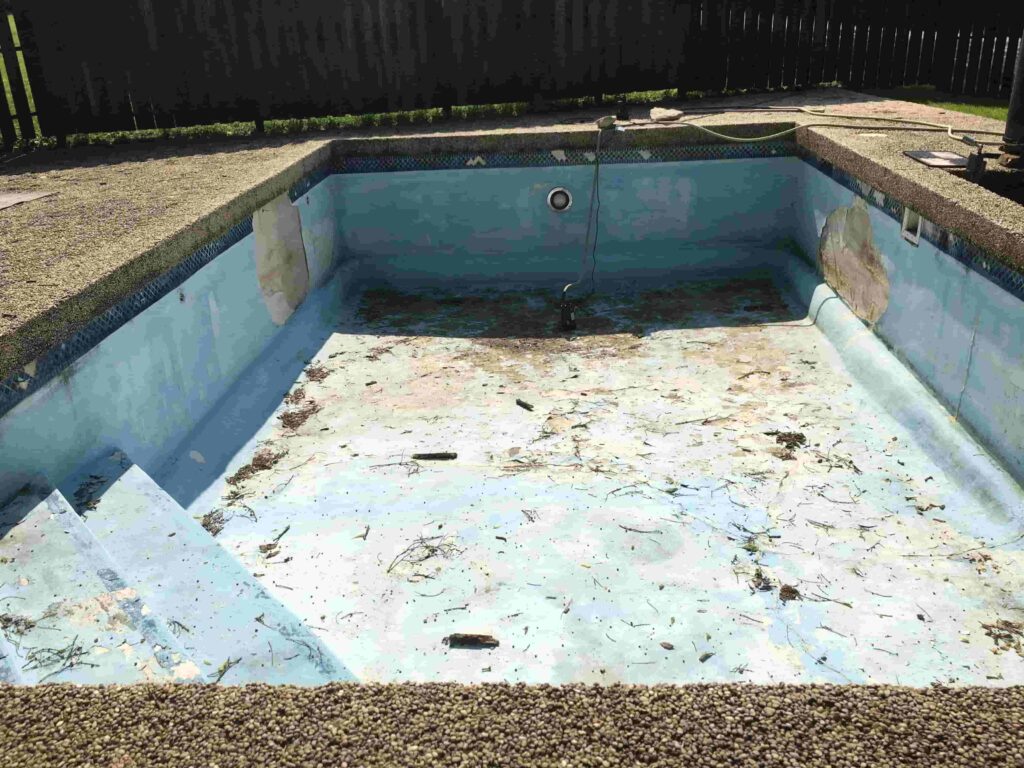
reddit.com
If the pool is not laid properly, it leads to irregular density & thickness and air pockets or voids in certain spots.
Experienced builders know their team must, especially nozzle gunite crew, be provided with the proper frame to spray against. This will ensure the wall-thickness is equal, especially around the pool beam, for increased durability.
3. Use of Rebound
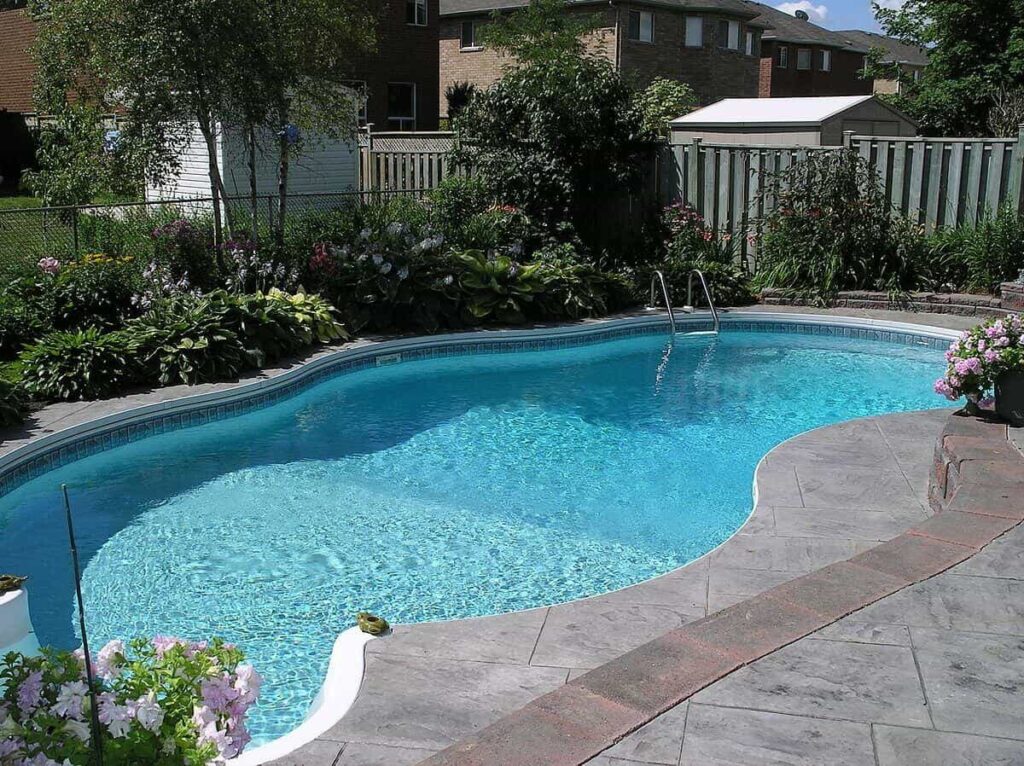
source: en.wikipedia.org
Rebounding is a term for the excessive usage of the concrete to an extent, it spills over the edge or bounces out of the forms.
A good pool builder knows that they don’t have to use this overspray because it has lost its compressive strength and should not be hand-picked back to the pool.
The rebound needs to be shaved off the pool walls, and concrete material needs to be reapplied to get the desired strength.
4. Plumbing Troubles
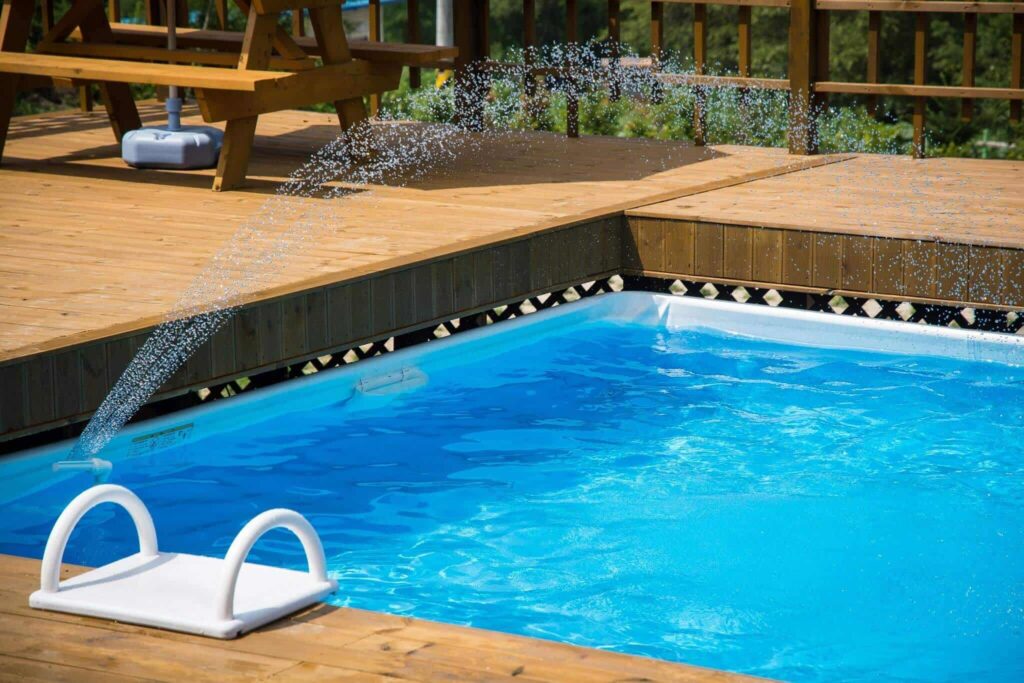
source: fuggettapools.com
The different plumbing systems running inside the pool, such as the pool spa, create a weak spot for cracking in the pool walls.
Another weakness includes the PVC pipe, which runs the concrete shells for connecting PVC fittings and pool returns.
Although it is unavoidable, it should be minimized as much as possible. Typically, the pool builders must not install pipes running inside the pool floor or horizontally inside the wall.
When the pipes are pressurized, they vibrate and have different temperatures, therefore becoming one of the concrete pool cracks.
5. Pool Shapes
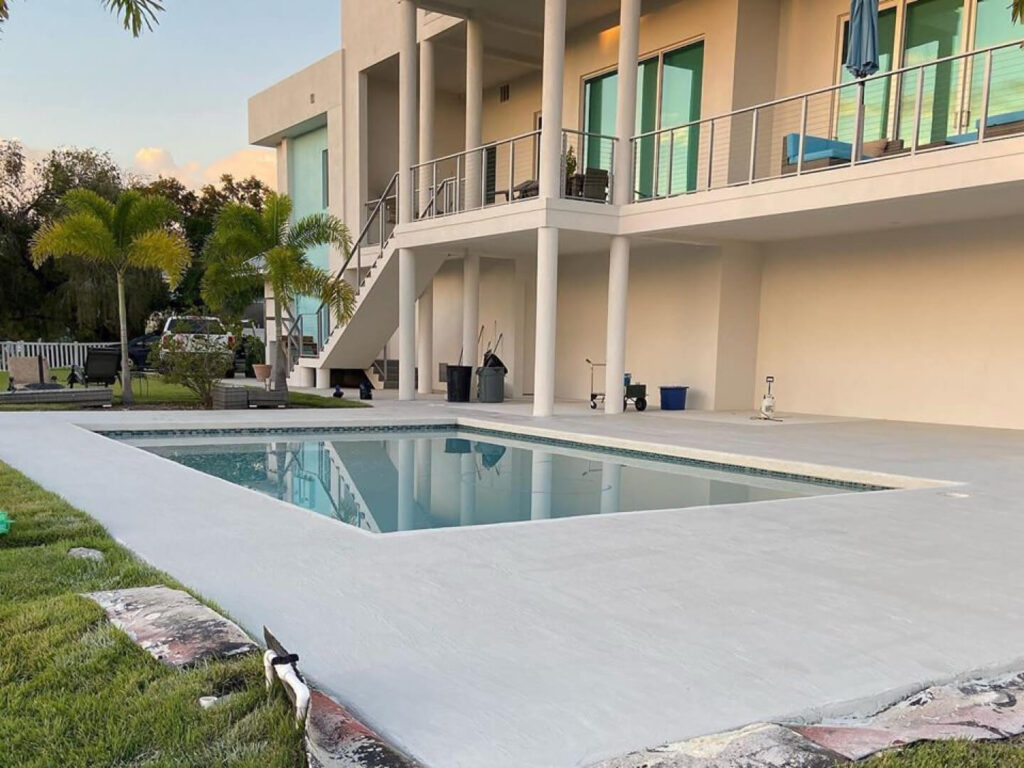
source: stingrayconcrete.com
You can build concrete pools in any shape, and in fact, it is the USP of this material. However, some concrete pool shapes are less strong than others.
The 90-degrees corners are quite weak structurally.
The round and oval pool shapes are the most robust options without the coves.
A qualified pool builder with a proven portfolio of constructing residential pools can install concrete pools in any shape without compromising on their strength.
To achieve this, they’ll ensure greater wall thickness and add more steel at the transitions or corners to avoid cracking.
Let’s Wrap Up
You must discuss all these risk factors with your pool builder and inquire what measures they’re taking to minimize them.

